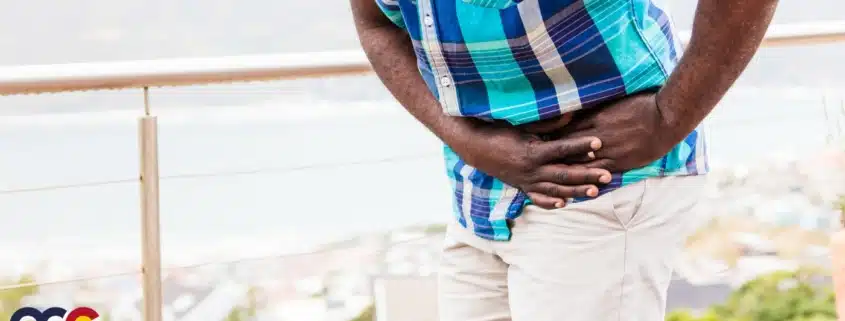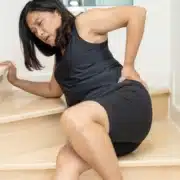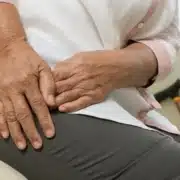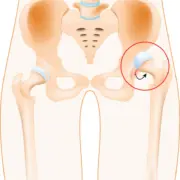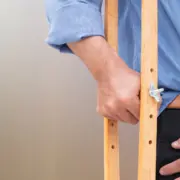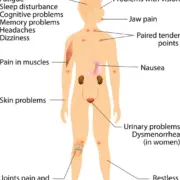Hip Strain
Hip sprains can cause intense pain that can impact your daily activities and overall quality of life. It can limit your movements, preventing you from doing simple day-to-day activities like walking, sitting, or running. For athletes, it means you are out of the game or out of competition. The pain and subsequent compromised mobility with a hip sprain. may occur in other areas of the body, such as the leg, sciatica, groin, or spine. A hip strain may trigger the onset or progression of hip osteoarthritis. What sets apart a full recovery and the worsening of symptoms is how soon you get help for it. Injuries that don’t receive immediate treatment may take months to recover fully from and may also cause chronic ongoing pain. If you are experiencing hip pain you should consult immediately with the extensively trained and highly respected surgeons at the Colorado Center of Orthopedic Excellence in Colorado Springs, Colorado. That way you can be assured of getting the most comprehensive and successful treatment.
OVERVIEW
A hip strain can happen in the blink of an eye or gradually materialize from continuous wear and tear. People are often confused between the terms “strain” and “sprain. The difference between a hip strain and a hip sprain is the type of tissue that is damaged. Simply put, a hip strain occurs when a tendon or muscle in the hip is stretched, torn, or damaged. A sprain occurs when a ligament is stretched, torn, or damaged. While hip strains can occur quite commonly, hip sprains are very rare. A hip strain may be a simple stretch in the muscle or tendon, or it may be a partial or complete tear of muscle fibers or the muscle and tendon combination. The most common muscle strain on the hip is the hip flexor strain. The hip flexors are a group of muscles that allow one to bend the hip and bring the leg up toward the body. This type of strain is often caused by overuse or sudden movements and can be very painful.
ABOUT THE HIP JOINT
The hip joint is the connection point between the legs and torso. It is one of the largest joints in the body after the knee. The hip joint is considered a “ball and socket” joint. The “ball” is known anatomically as the femoral head; the “socket” is part of the pelvis known as the acetabulum. The ball-and-socket joint allows for a wide range of motion and provides support for the legs to hold the body. Several components make up the hip joint:
- Bones—the hip joint connects the thigh and hip bones
- Cartilage—a smooth substance that covers the femoral head and acetabulum socket acting as a cushion that absorbs impact when walking or moving
- Synovium—a thin cover that wraps around bones making a fluid that provides lubrication so bones can move easily without resistance
- Bursa—a fluid-filled sac that provides cushioning and a smooth surface for bones, muscles, and tendons to move on
- Ligaments—fibrous bands of tissue that connect bones to bones
- Tendons—fibrous bands of tissue that connect muscles to bones
- Muscle—muscles support the joint and help movement. Hip muscles include gluteals, adductor muscles, iliopsoas muscles, quadriceps, and hamstrings.
WHAT IS HIP STRAIN?
A hip strain is when the muscles or tendons around the hip joint get stretched too far or torn. Hip strains frequently occur near the point where the muscle joins the connective tissue of the tendon. The most common mechanism of injury for hip strains is when a stretched muscle is forced to contract suddenly such as from twisting awkwardly or overexerting during exercise. A fall, overstretching, or a direct blow to the muscle can all tear muscle fibers, resulting in a strain. Hip strains are also caused by overuse such as when the muscle or tendon has slowly become weakened over time by repetitive movements. There’s no difference between a strained muscle and a pulled muscle. People use the terms interchangeably. The same is true for a strained muscle and a torn muscle. They’re the same injury with the same symptoms and treatments.
Read more about Hip Strain on our new Colorado Springs Orthopedic News Site – Colorado Springs Orthopedic News. Schedule an appointment with a hip specialist today.

